Macro Rolandi discusses his recent essay on the use of illustrations in scientific papers.


Macro Rolandi discusses his recent essay on the use of illustrations in scientific papers.
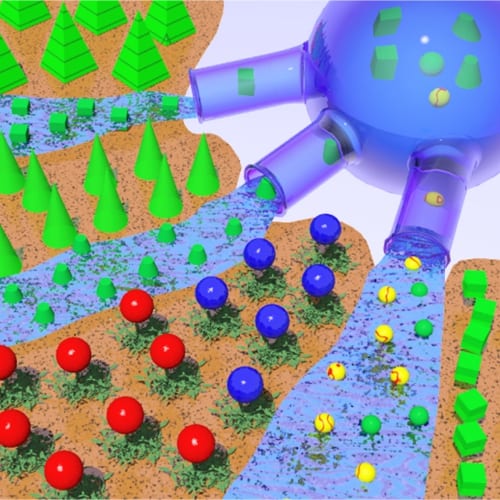
Professor Geoffrey Ozin discusses the safe and responsible development, production, use, transportation, and disposal of nanoparticles in existing or emerging nanotechnologies.
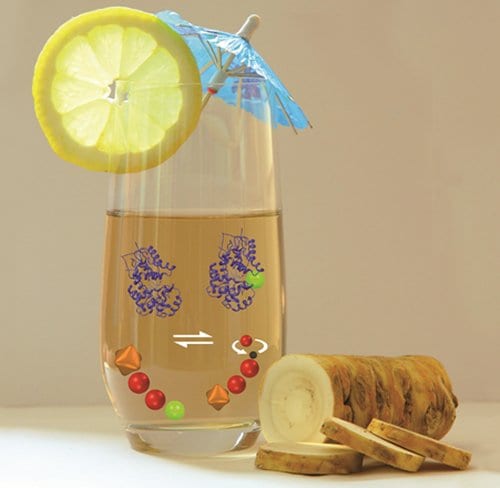
Researchers at the University of Basel have identified a peroxidase enzyme from the roots of the common horseradish plant which acts as a novel catalyst in atom transfer radical polymerization (ATRP).
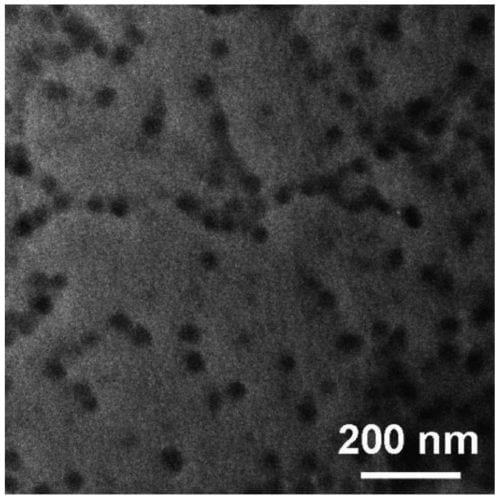
The self-assembly of block polymers raises this question, discussed in the latest Trend Article in Macromolecular Chemistry and Physics.
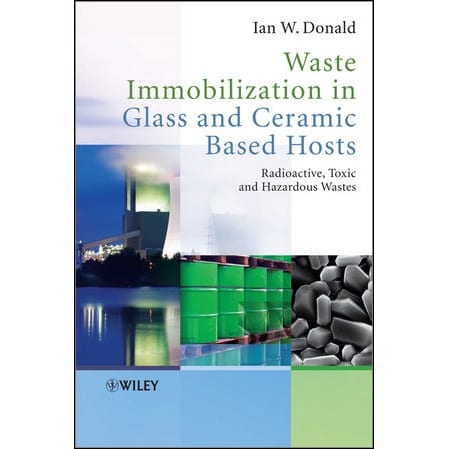
Dr. Michael Ojovan of NTEC reviews Dr. Ian Donald’s new book on managing nuclear waste with glass and ceramics
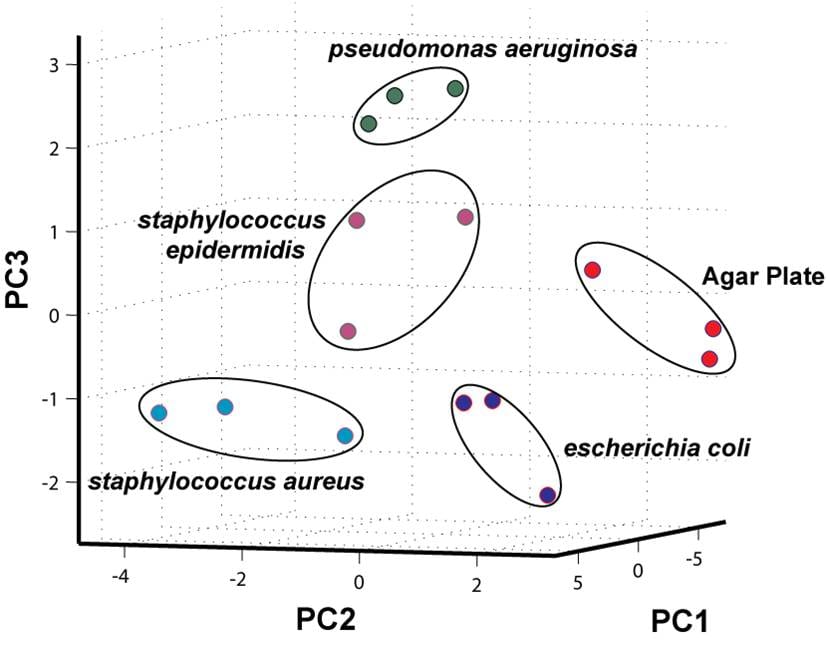
So what is next for nanochemical and biochemical sensor research? Shouldn’t we be trying to find the next glass pH electrode, rather than trying to squeeze that extra fraction of a percent out of our tried and tested materials?
The JMatPro software calculates a wide range of materials properties for metallic alloys. It is particularly aimed at multi-components alloys used in industrial practice.
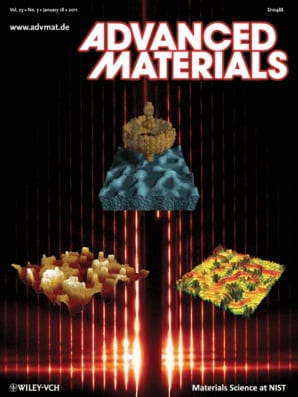
Established in 1962, the Polymers Division in the Material Measurement Laboratory of the National Institute of Standards and Technology (NIST) will soon celebrate its 50th year as a world leader in polymers research.
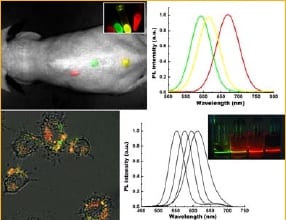
An international team of researchers review a useful tool for three dimensional multi-photon microscopy and imaging
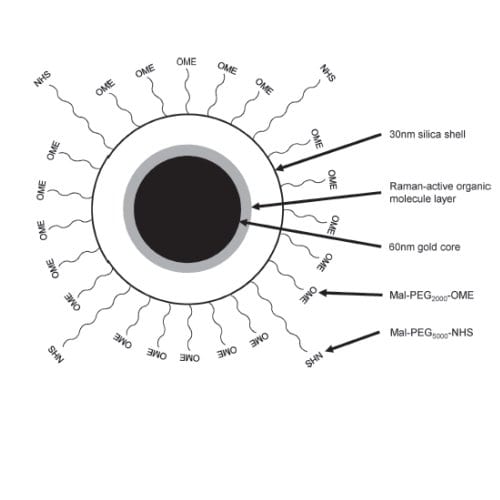
US scientists show the mechanism of toxicity of gold nanoparticles in living cells, and demonstrate that the nanoparticles are not toxic under diagnostic conditions.